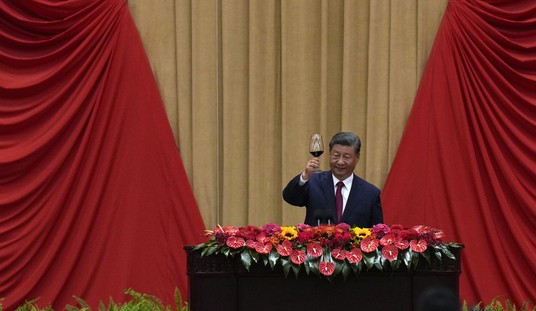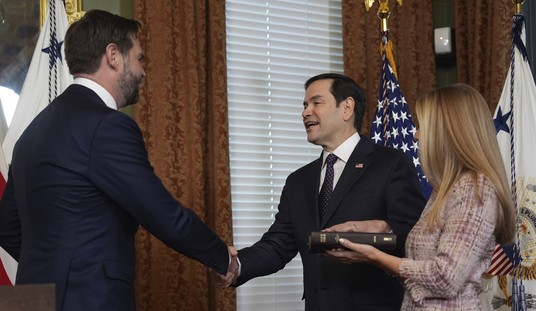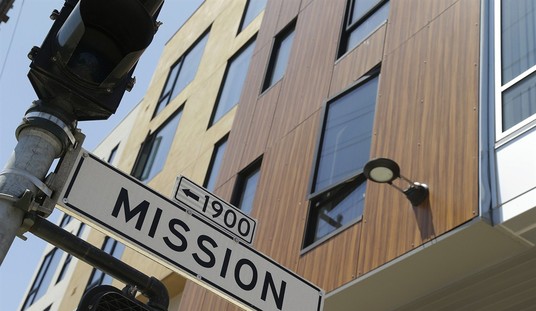Can Donald Trump convert enthusiasm to votes? Tonight’s caucuses will give at least one data point toward answering that question, but his financials might provide a sneak peek. The required quarterly report showed that Trump plowed nearly $11 million into his campaign from his personal funds, and did spend about $7 million in Q4. But as Ken Vogel reports for Politico, the expenditures weren’t exactly focused on traditional organization:
A significant portion of that, $940,000, was spent on campaign paraphernalia, including yard signs, bumper stickers, buttons, t-shirts and, of course, hats. In fact, about $450,000 ― or nearly 7 percent of all Trump’s fourth-quarter spending ― went towards hats, presumably including the now-iconic hats bearing Trump’s campaign slogan, “Make America Great Again.”
That’s more money than the campaign paid its data vendor L2 (which received $235,000 for “research consulting”) or than it spent on strategy consulting ($281,000). It’s almost as much as the campaign spent on field consulting ($551,000) or payroll ($518,000).
Trump’s campaign did spend $793,000 on expenses related to the mega-rallies that have become his campaign’s hallmarks, as well as $459,000 on expenses related to having his name appear on primary election ballots.
But his highly unconventional campaign spending is likely to fuel questions about whether his campaign has built enough infrastructure to convert the energy he’s tapped into votes.
The L2 connection is significant, as I explained about a month ago when it came to light. I worked with L2 when writing my book Going Red, and they have a serious database for voter profiling. More importantly, one doesn’t contract with a firm like L2 unless one wants to keep the option for native data collection and analysis. Trump’s campaign had already gotten access to the RNC’s formidable database (which I also researched for my book), so the need for L2 only exists if a campaign wants to extend out those efforts in-house.
With these numbers, though, it appears that all they did was keep the option open. Bear in mind that these figures are national spending data, not just in Iowa. Trump’s team spent slightly over a million dollars on personnel for an entire quarter, which doesn’t seem anywhere near enough to staff up to the traditional level needed for Iowa, New Hampshire, South Carolina, and Nevada, all of whom will hold their primaries or caucuses in February. Vogel notes that Cruz took in $47 million, and it’s a cinch that much of that cash got spent on the ground, especially in Iowa and South Carolina. Hillary Clinton got $112 million, and given the challenge from Sanders, she’s also likely to have spent it all. While it’s possible that Trump opened up his wallet and spent big in January (which would be after the report time parameters), it’s difficult to organize at the last minute like that, especially with a crowded field already established in the state.
Ah, but the traditional consideration is the rub. Can Trump’s celebrity trump the need for a ground organization to turn out the vote? That has been the question all along. For a while, some figured that the question would remain theoretical, and that Trump would surprise with a big spending spree as the caucuses approached to secure his status. Now it seems clear that the traditional-versus-celebrity models will compete head-to-head tonight. If this gamble fails to pay off for Trump, that might have significant consequences eight days from now in New Hampshire as well.
Update: Some are celebrating the end of the consultant class, but it’s worth noting that Trump has spent slightly more on consultants than on payroll in his own organization. He just hasn’t spent nearly as much on either as other campaigns likely have.
Update: The flip side to my original conclusion would be that a win in Iowa for Trump makes it very likely for him to run the table without too much effort. And here’s something to keep in mind, too. The RNC is already doing most of the necessary ground-organization effort for the eventual nominee, while the DNC is leaving that to the nominee. A Trump general election would have, essentially, both approaches.








Join the conversation as a VIP Member